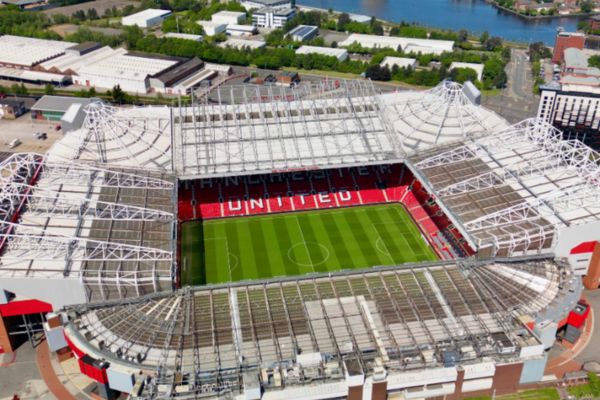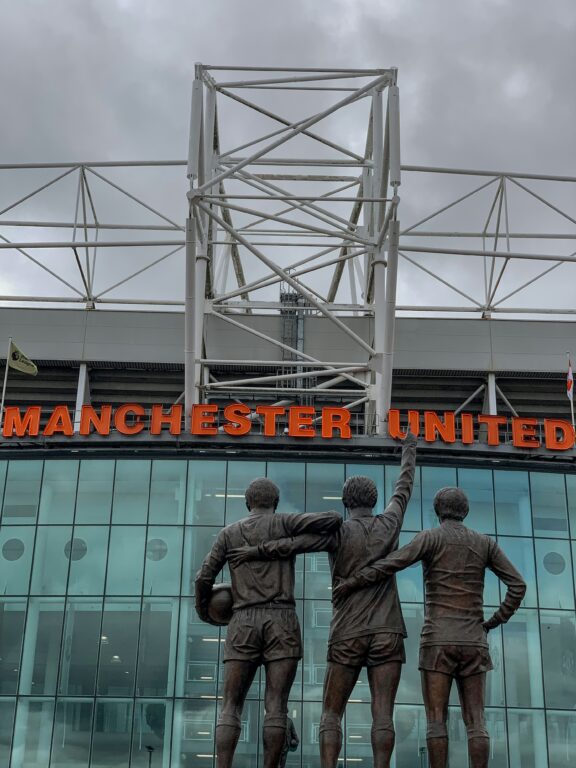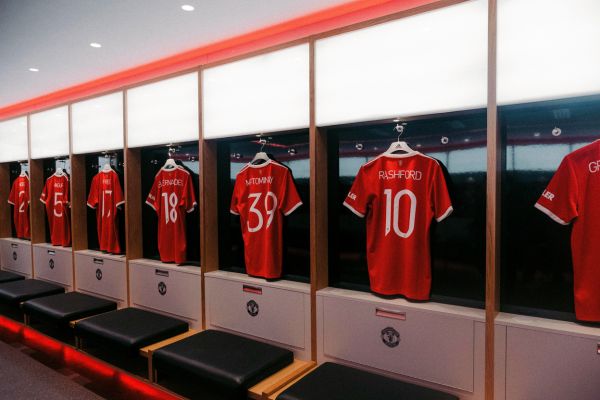The Manchester United fans stood and applauded. But it was not for one of their own, instead it was for a rival. It was a rare sight at Old Trafford, but when a player delivers a performance like that, respect is due. The man in question? Ronaldo. The original Brazilian Ronaldo.
It was a Champions League night in Manchester, and the Real Madrid superstar had just put on a masterclass, scoring a hat-trick against United. As his number lit up on the substitute board, he made his way off the pitch, and something special happened. The United fans rose to their feet to give him an ovation. A moment like that doesn’t come often, but then again, Old Trafford isn’t just any stadium. It’s a place where footballing dreams, whether glorious or heartbreaking, are made.
A Stadium Steeped in History

Old Trafford has been Manchester United’s home since 1910, when the club, previously known as Newton Heath, made the move. Over the decades, it has witnessed some of football’s most legendary moments, from European triumphs to unforgettable Premier League battles.
But it hasn’t always been smooth sailing. During World War II, the stadium was heavily bombed, forcing United to share Manchester City’s Maine Road for nearly eight years. When they finally returned, Old Trafford was rebuilt and expanded into the grand venue we see today.
The Modern Old Trafford

Fast forward to the 1990s, and during the glorious Sir Alex Ferguson era, Old Trafford transformed again. This time into more modern 75,000-capacity all-seater stadium. The club’s dominance on the pitch was matched by its home ground, now one of the most impressive arenas in football.
There are certain landmarks that make Old Trafford unique:
- The Trinity Statue – Outside the stadium, the statue of George Best, Denis Law, and Sir Bobby Charlton stands as a tribute to three of United’s greatest legends.
- The Sir Alex Ferguson Stand – Named after the man who led United to unprecedented success, this is the biggest stand in the stadium.
- The Stretford End – United’s famous home end, where the loudest and most passionate fans create an electric atmosphere—think of it as United’s answer to The Kop at Anfield.
- The Munich Clock – A solemn reminder of the 1958 Munich Air Disaster, one of the club’s darkest days.

More Than Just Football
Old Trafford has hosted huge sporting events, including England international matches when Wembley was being rebuilt, the 2003 Champions League final, and even rugby games. It has also welcomed music legends like Bruce Springsteen and Bon Jovi.
Old Trafford’s Future: Stay or Go?

While it remains a fortress, Old Trafford has faced criticism in recent years for showing its age—especially some leaky roofs when it rains. In 2025, Manchester United unveiled early plans for a potential 100,000-capacity stadium, sparking debate among fans. Would leaving Old Trafford mean leaving behind its rich history? For many, it’s a tough call.
